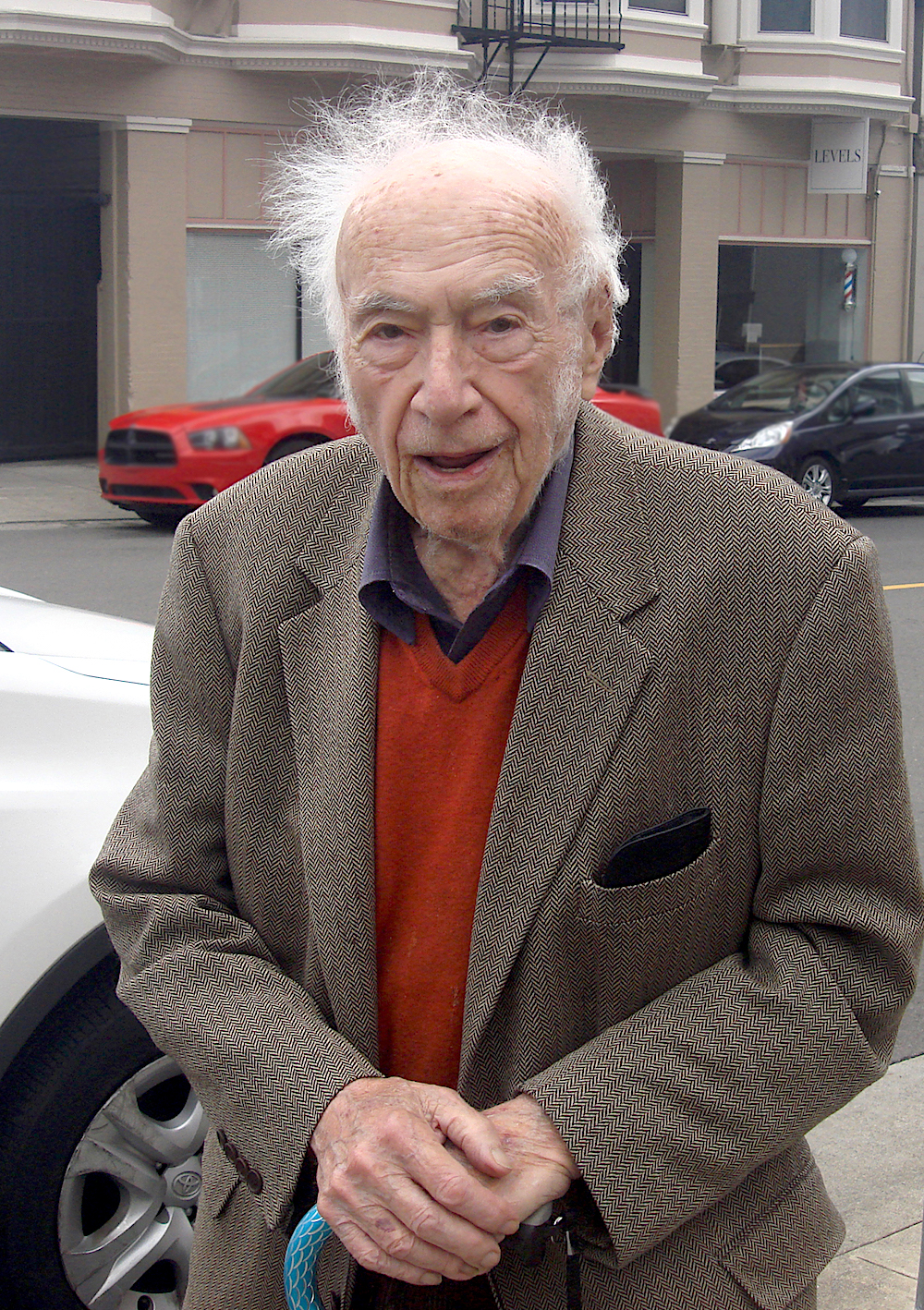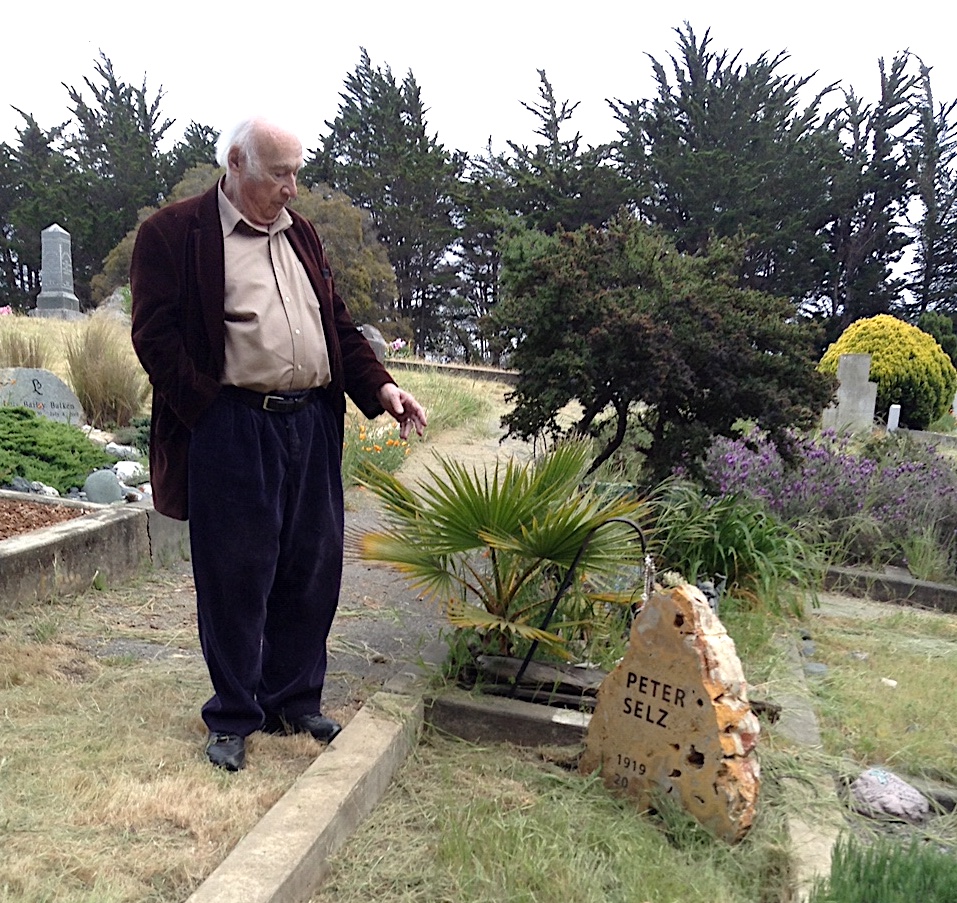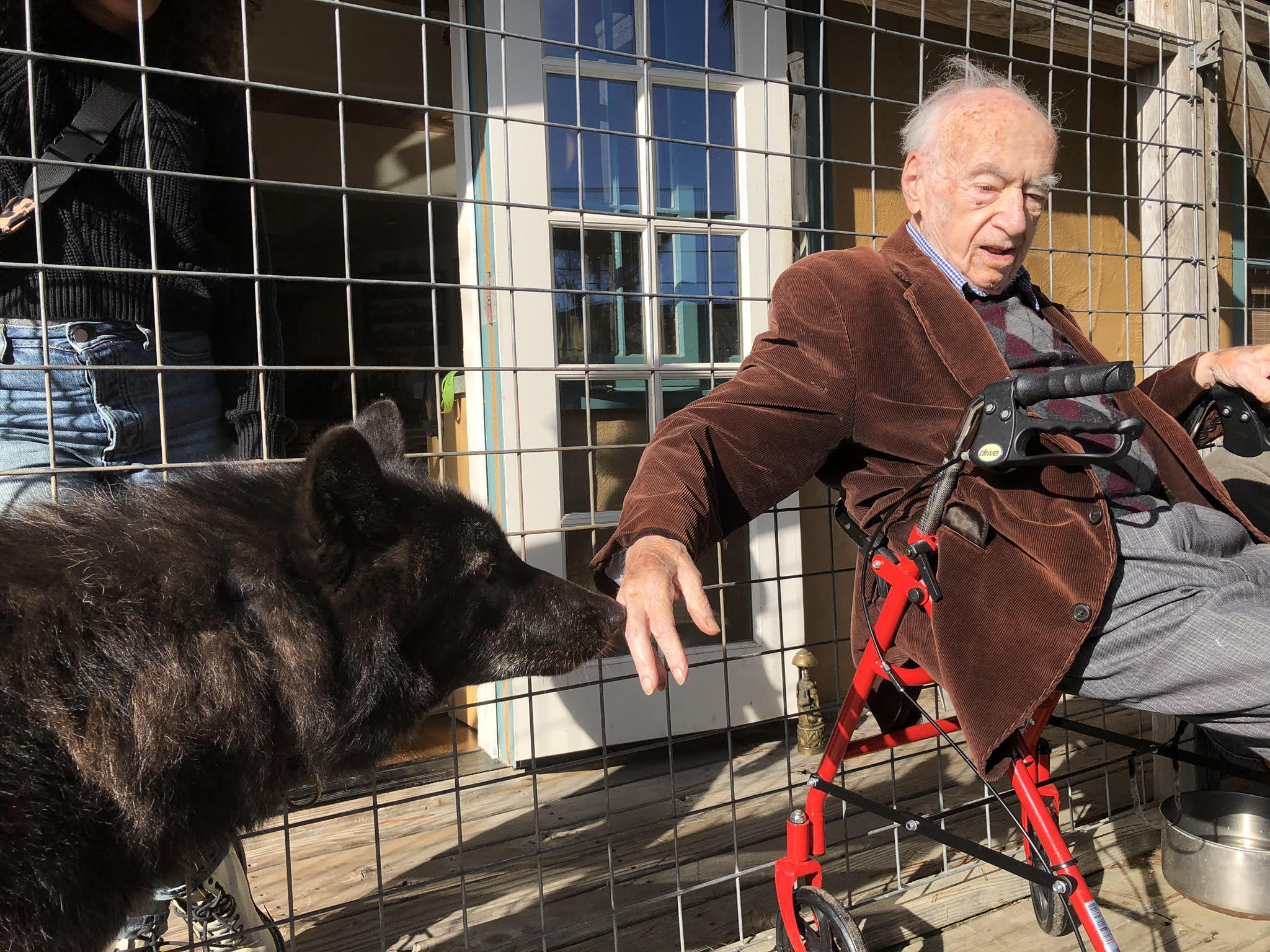Peter Selz [1919–2019] — Et exaltatum memoriam

Peter Selz was the youngest 100-year-old I ever knew. He remained sharp as a tack. His insatiable visual appetite meant he was constantly digesting images — but he only opined when he sensed an innovative spirit. He was the exemplar of what it means to be an art historian: “It’s a profession from which one does not retire” he would say. This is manifest in the litany of his accomplishments, which would take forever to recite. For starters, in 1958 he became MoMA’s curator of painting and sculpture and soon gave Rothko his first museum exhibition. That was followed by the first retrospectives for Giacometti and Rodin — not to mention a major survey of Futurist art. In 1965 he hit the West Coast, where he served as the founding director of the Berkeley Art Museum and bucked the East Coast trends by celebrating Funk art. But if you really want insights to this man I highly recommend you read his daughter Gaby’s biography, Unstill Life, which magically illuminates his genius as well as the era from AbEx through Funk. I was humbled and grateful that as our Senior Curator he became a champion of our cause for bringing greater recognition to significant artists we would otherwise have never known.

Six years ago, I drove with Peter from Berkeley across to Bolinas, a hidden coastal paradise on the Pacific Ocean. It’s hard to find because its residents regularly dispose of the state’s signage marking the village. We spent the day with one of Peter’s favorite artists, Kenny Feldsott, a brilliant shaman-painter whose best friend was a huge timber wolf. When it was time to leave, Peter asked that I take a different route and head north up the Shoreline Highway instead of returning on the same winding road through the Muir Woods National Monument. We have to visit Sam” he declared. The Olema Cemetery is not well-marked on this forest road but Peter knew exactly where to stop. Soon he was standing by Sam Francis’s gravesite. He was delighted in directing me to the epitaph on Sam’s gravestone, which read: “Color is light on fire.” Then he pointed to his own gravestone right nearby. On June 21st the sunset proved to be “light on fire” with extraordinary color in his honor. I quickly thought that his passing on the summer solstice was fitting, for in many spiritual teachings this longest day of the year symbolizes the ascension of the Great Father Spirit. If there ever was an art historian and curator worthy of being called the Great Father Spirit of the Art World it would be Peter Selz.
— Peter Hastings Falk

![Peter Selz [1919–2019] — Et exaltatum memoriam Peter Selz [1919–2019] — Et exaltatum memoriam](https://discoveriesinamericanart.com/wp-content/uploads/2019/06/SELZ_Peter-copy.png)
